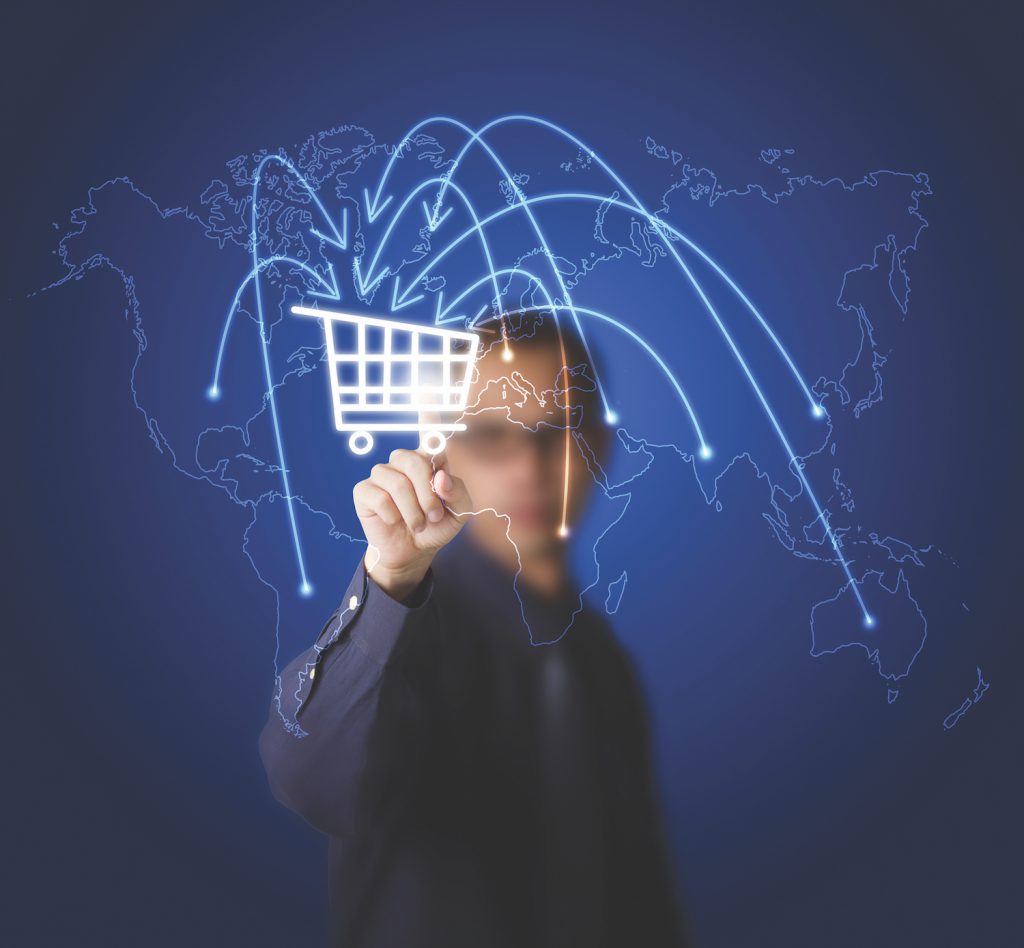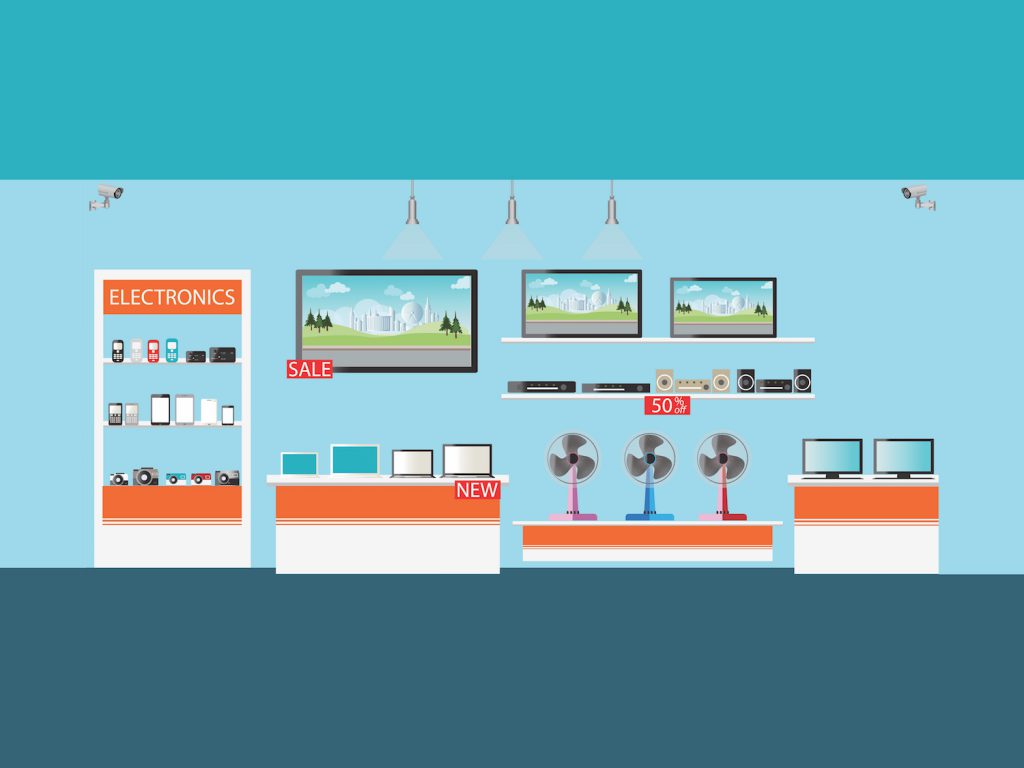When it comes to selling connected devices, retailers have a tough job. Smart products are often complex, can require more up-front education and suffer from higher return rates than their more traditional brethren.
As a result, efforts by some retailers to expand into the consumer Internet of Things (IoT) and smart home ended in disappointment. Office retailer Staples, who struggled to sell its first generation of connected products, eventually abandoned the effort altogether. Other major retailers like Lowe’s, Sears and Best Buy have had trouble finding traction for smart home products.
And while retailers and their partners still have a long way to go to adjust to the IoT era, the industry has made real strides. Smart home product makers are starting to create more user-friendly products that better convey how they meet consumer needs, while retailers are finding new ways to sell consumer IoT products, which is translating into better results at the cash register.
Below are some lessons from companies readjusting their approach to retail in the Internet of Things era:
Tell a Story
One of the most important things for a retailer to do in selling connected products is to tell a story about how that product can make a consumer’s life better. Too often product marketing focuses the  message on technology, something early adopters mainly care about. By moving beyond tech to focus on the need the product solves—whether it’s becoming a better cook or monitoring a newborn— consumer-facing messaging helps consumers understand how they can use it in their lives, which helps to better target of products and lowers overall return rates.
message on technology, something early adopters mainly care about. By moving beyond tech to focus on the need the product solves—whether it’s becoming a better cook or monitoring a newborn— consumer-facing messaging helps consumers understand how they can use it in their lives, which helps to better target of products and lowers overall return rates.
Create an Experience
Because connected products almost always offer entirely new functionality beyond that of those products they are replacing, providing in-store opportunities for consumers to see the products in action becomes paramount. Some established retailers such as Target are creating new concept models as a way to show how products work, while others such as Pirch offer in-store formats that attempt to emulate real-life experiences in the home paired with in-store expertise, such as chefs, to demo products in action.
In-Store Analytics
One of the biggest changes to retail in coming years will be a better understanding of consumer in-store behavior. While most big retailers analyze in-store traffic patterns of consumers, things are about to get much more granular. New format retailers like b8ta are employing better analytic tools to give a retailer and its product partners a greater understanding about how consumers are reacting to their products at retail. Amazon, while primarily an online retailer, is experimenting in grocery store formats that utilize in- store
sensors, artificial intelligence and location- sensing to track consumer behavior from the minute they walk into the store.
In-Home Support and Services
Some retailers like Best Buy and Lowe’s have long offered after-purchase installation and support services; connected products are creating new opportunities for more consultative approaches. Online retailers like Amazon are extending their reach through in-home consultations that diagnose a consumer’s biggest pain points and offer tailored smart home plans and products. Other retailers like Sears are beginning to work with connected product companies such as August, who has created a concierge service platform integrated with its smart door lock to enable access into homes for repair and maintenance service.
Bottom line, retail is in the midst of a long-term reinvention as it transitions toward a world where every device that plugs in or has a battery will be connected. As brick & mortar stores face increasing competition from online retailers, the ability to help consumers and extend the relationship beyond a one-time sale will be critical for their survival in the era of connected devices.




